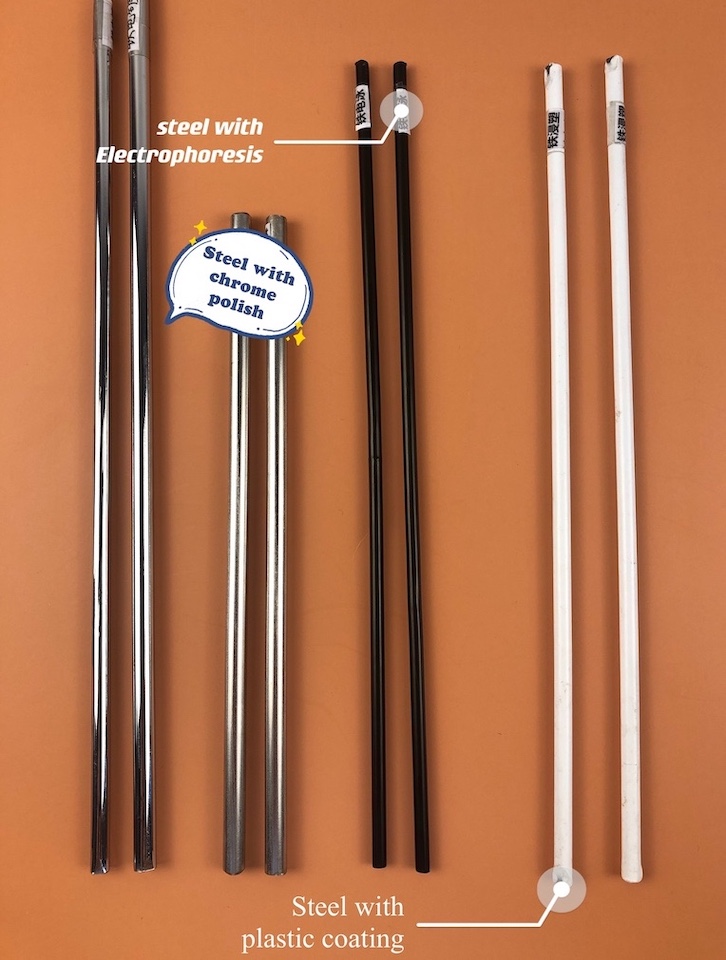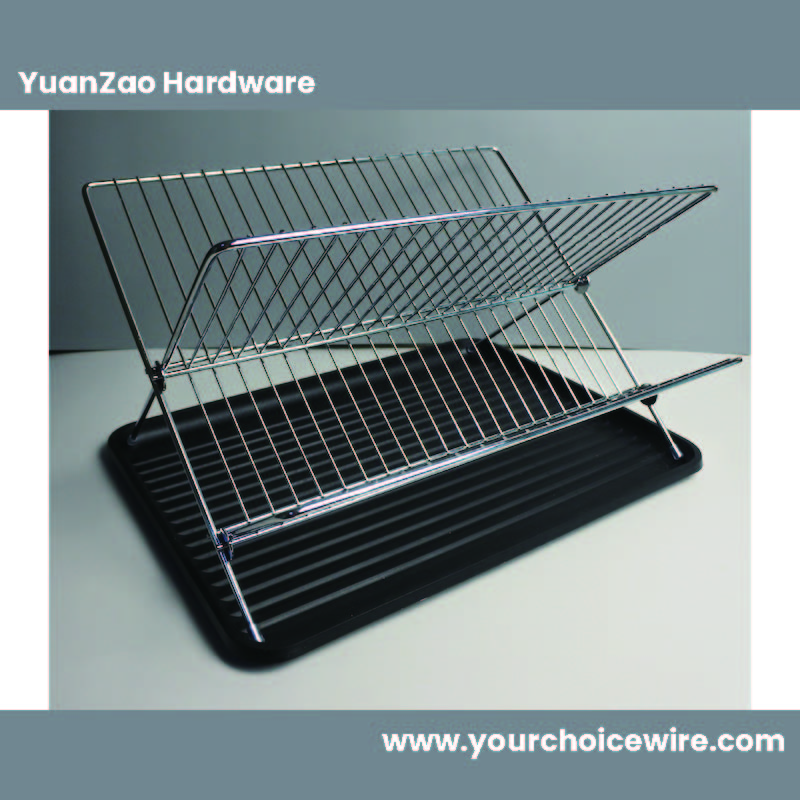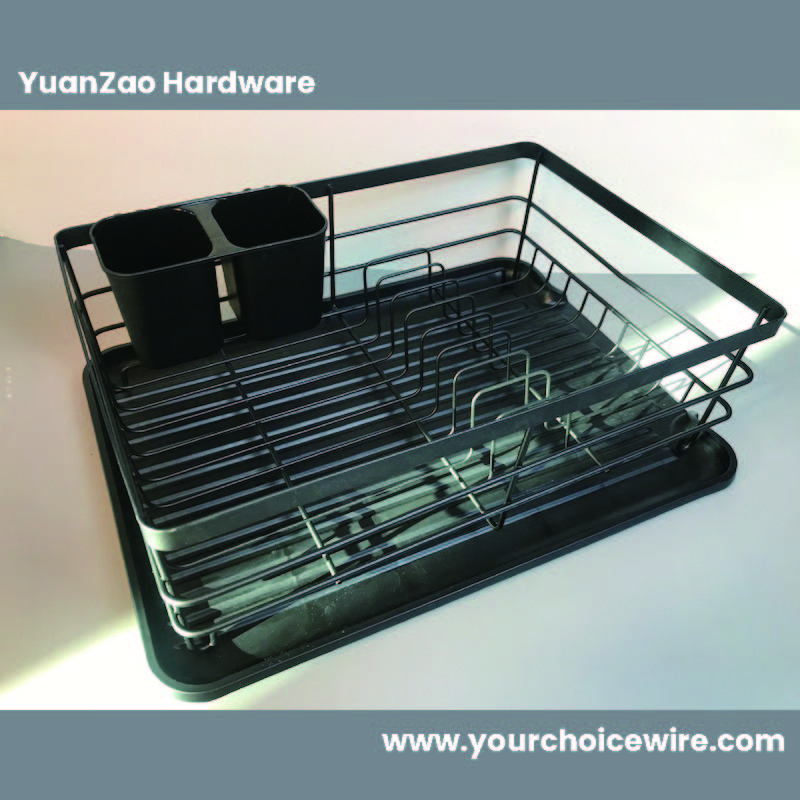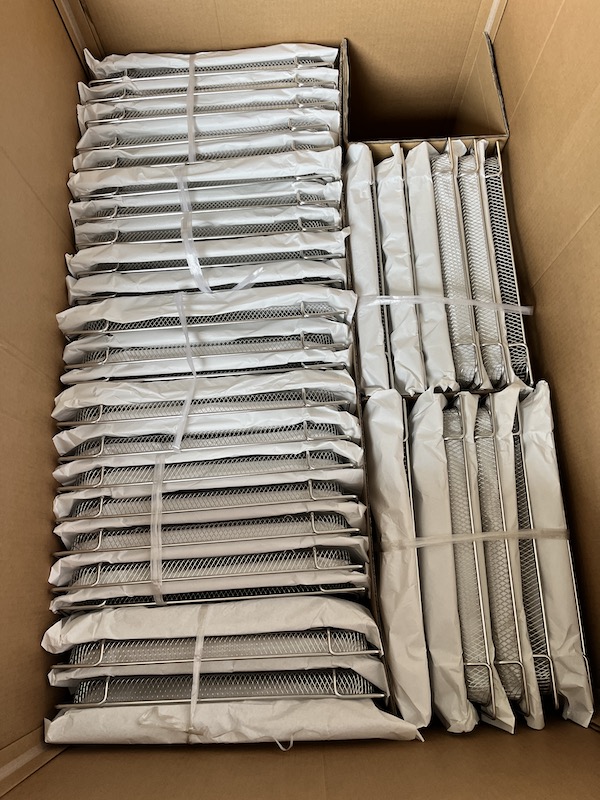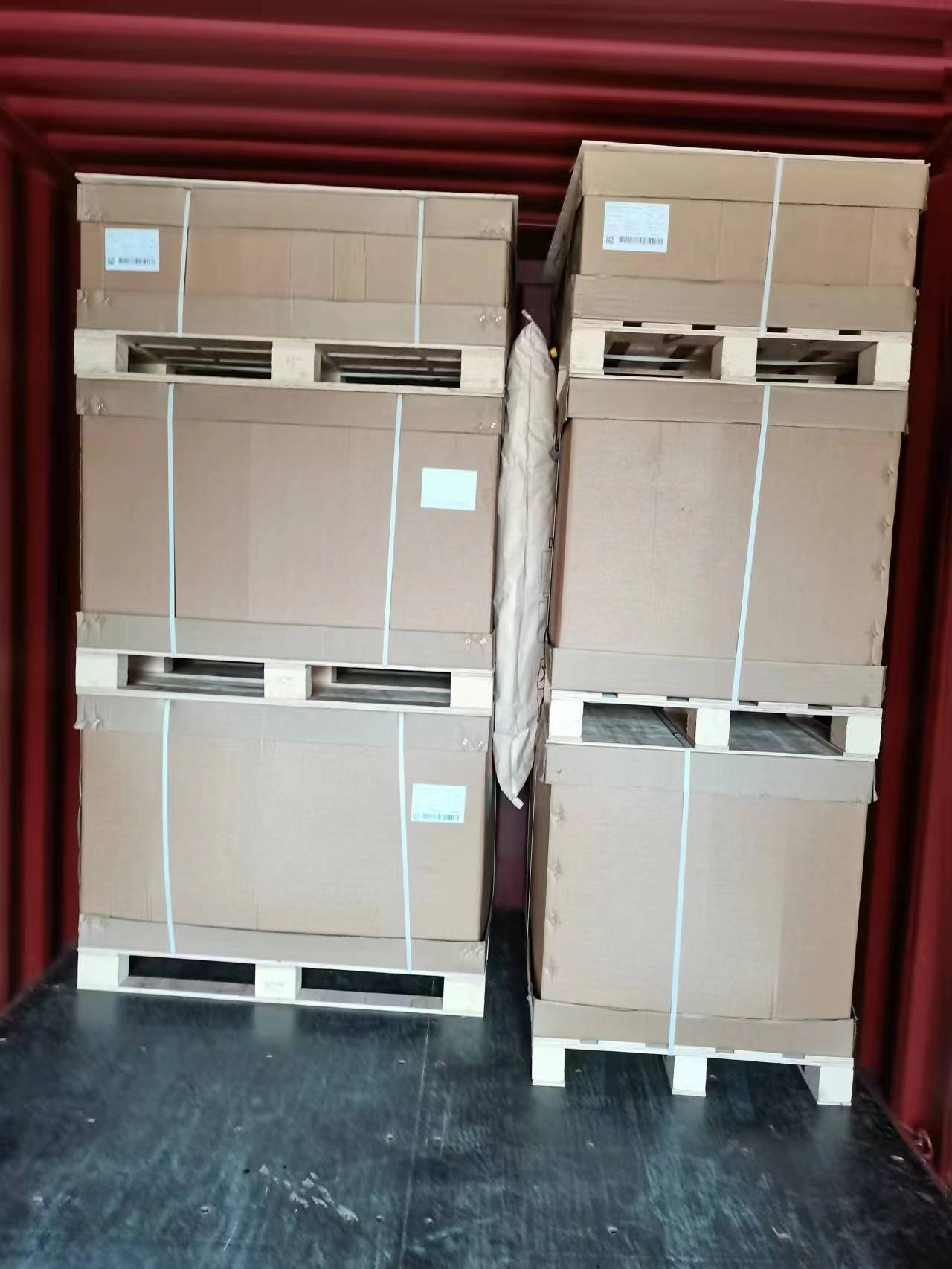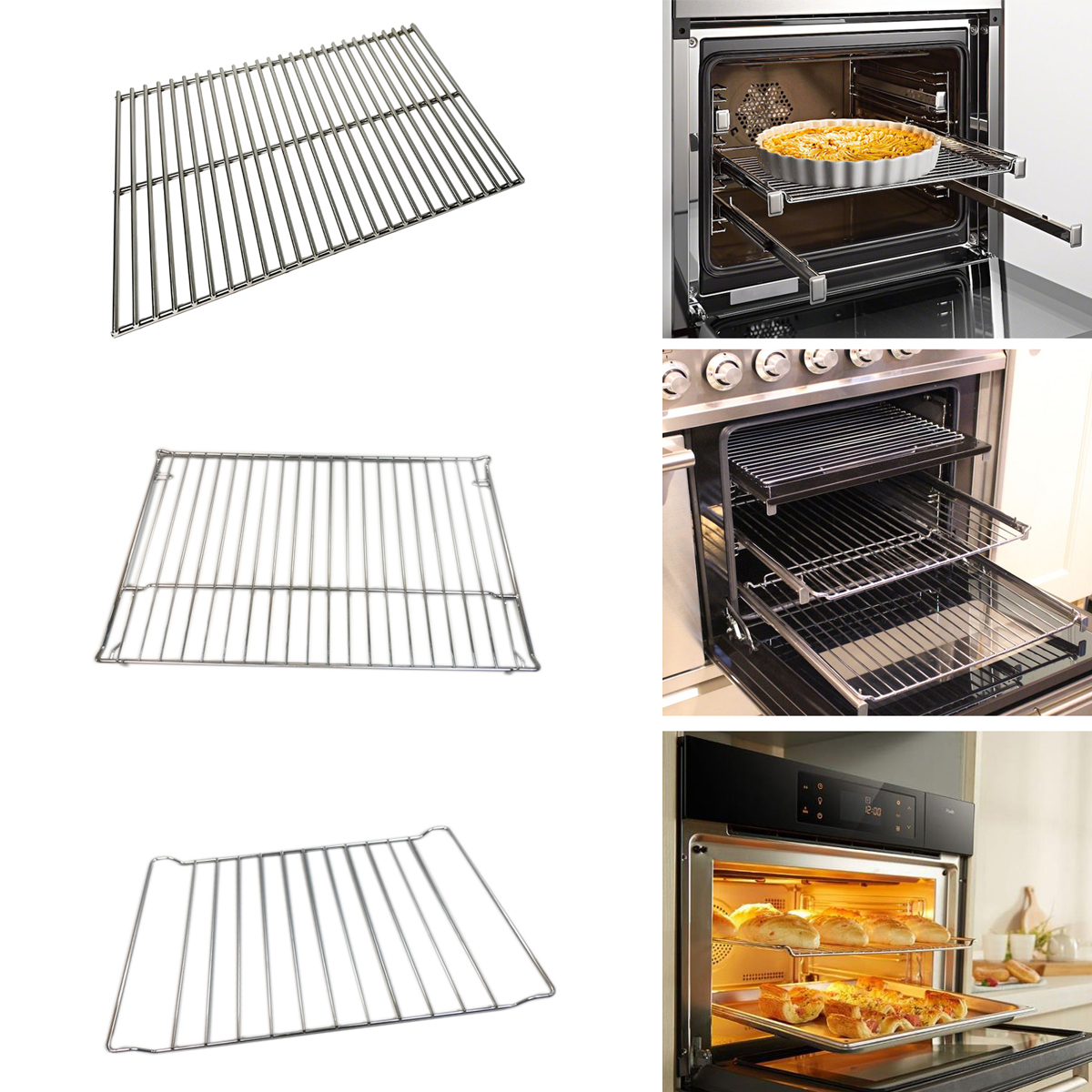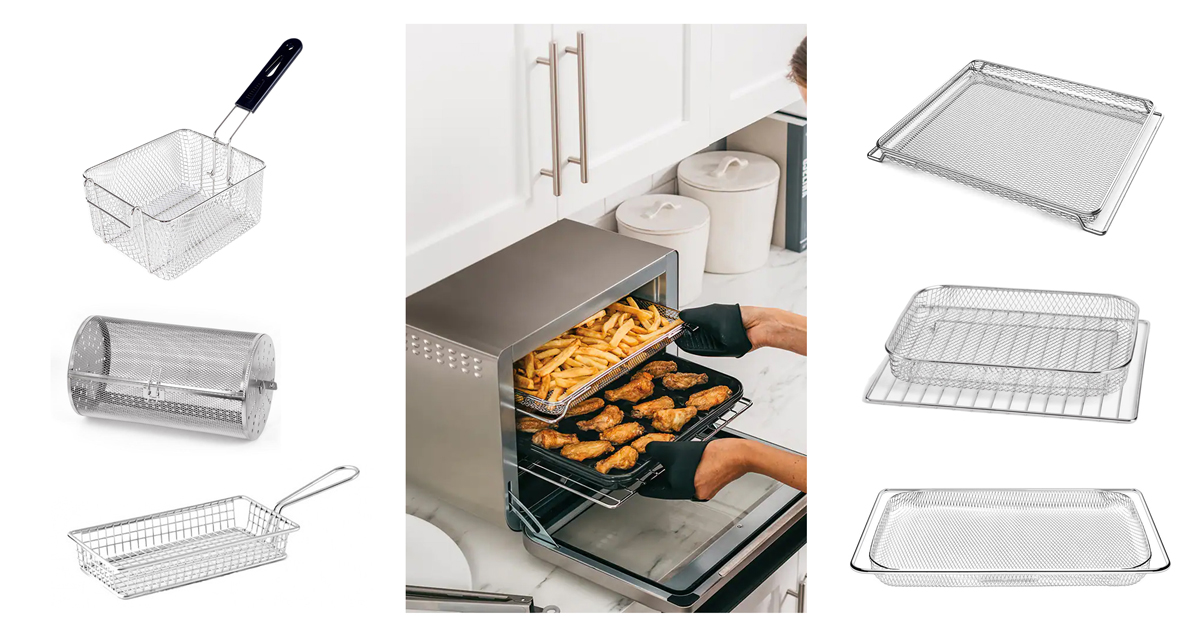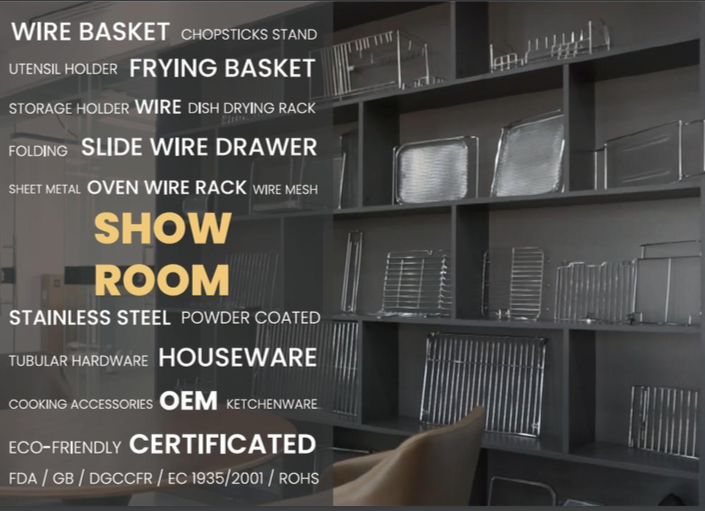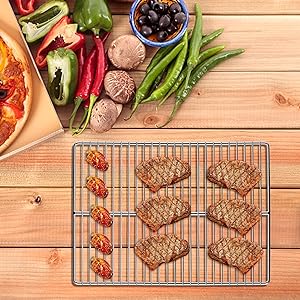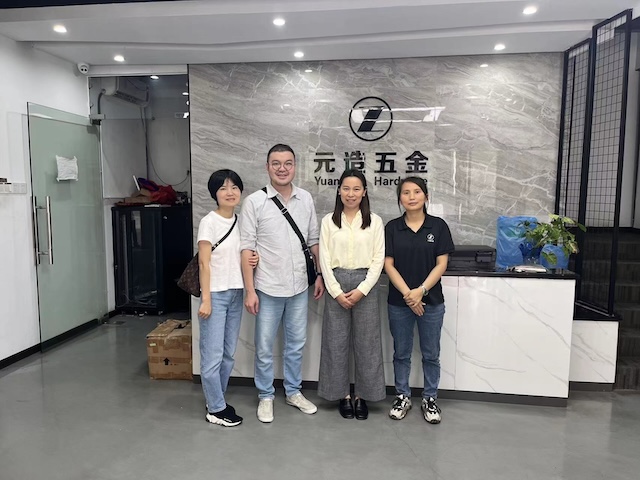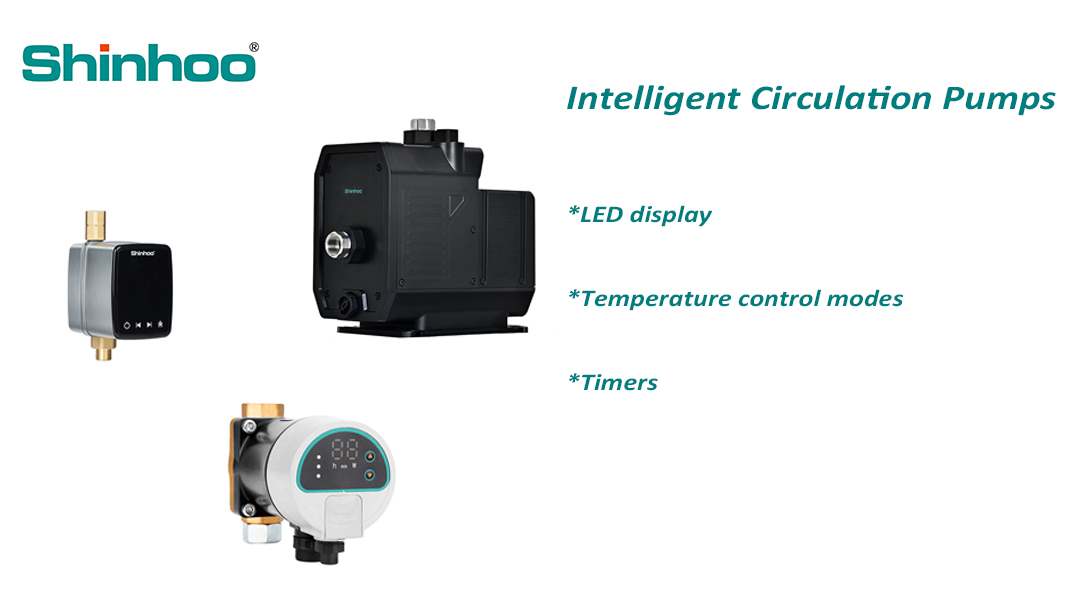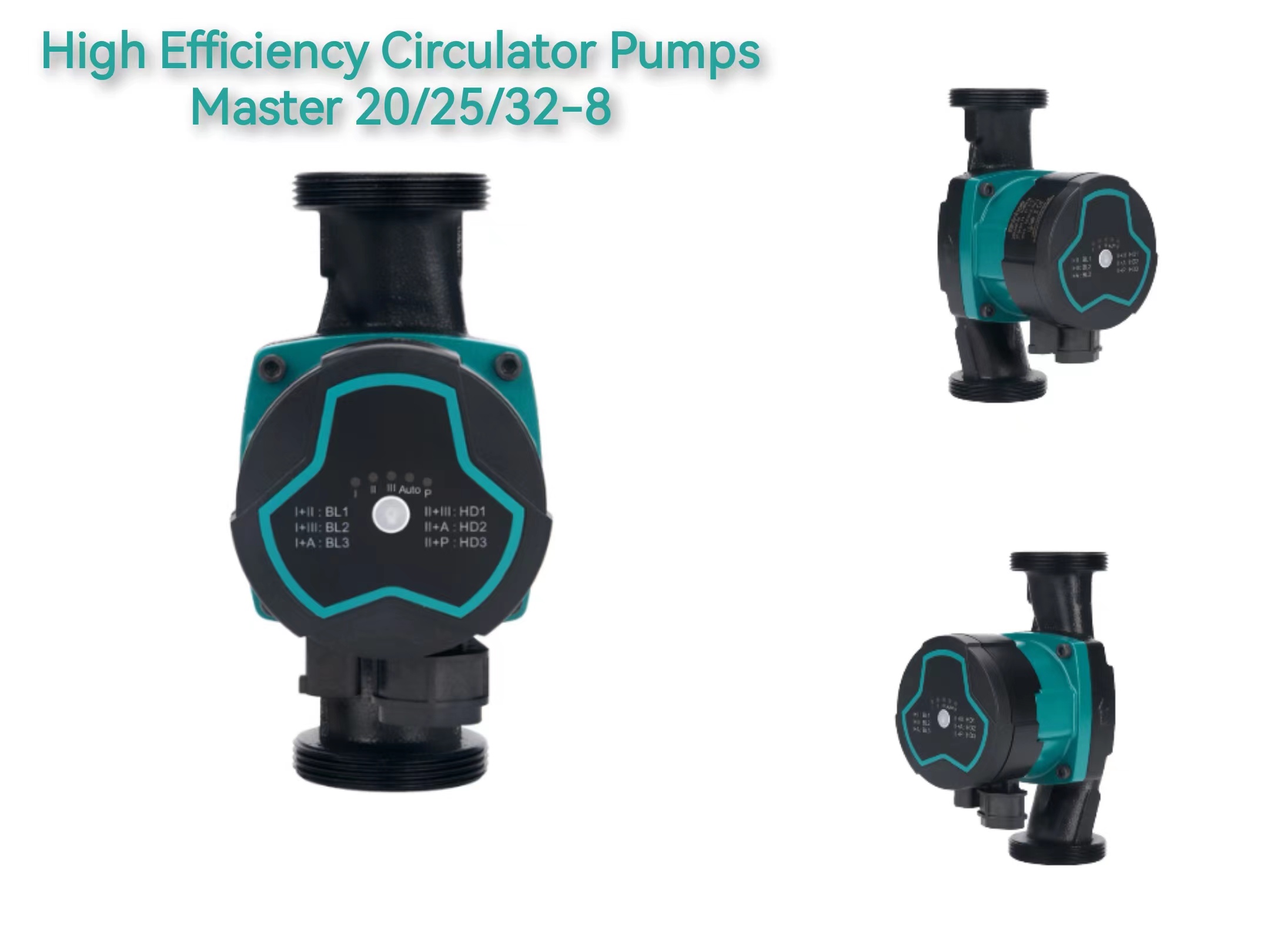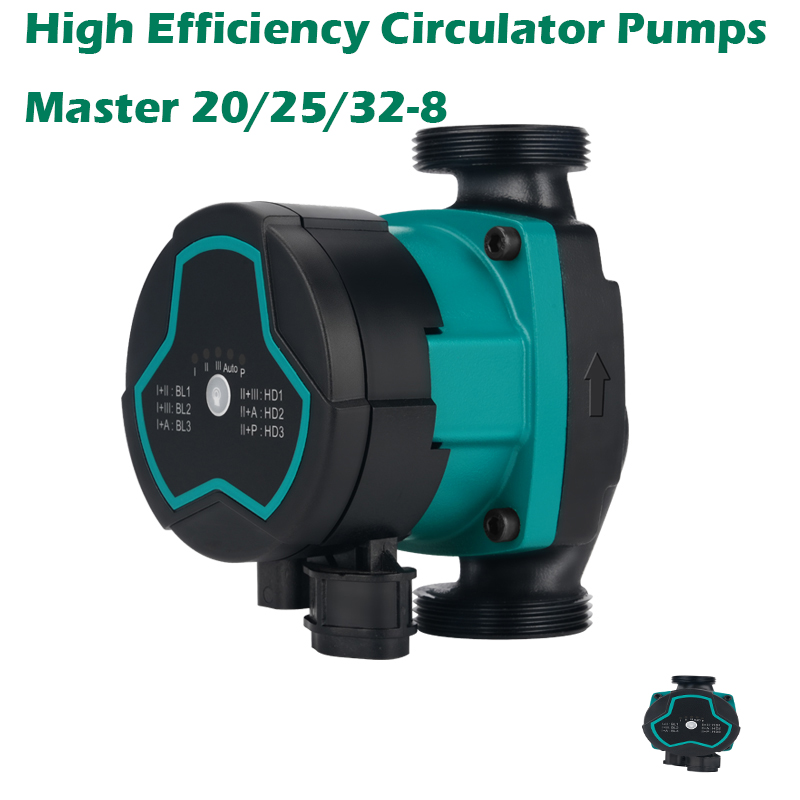How Often Should I Replace My Toilet Flapper ?
In daily life, the toilet is one of the most frequently used fixtures in any household. Every internal component plays a crucial role in keeping your toilet functioning smoothly. One part that’s often overlooked is the toilet flapper (also known as the flush valve seal or rubber flapper), which is essential for proper flushing and preventing leaks from the tank. So, how often should you replace your toilet flapper? Let’s find out.
1. Why Does Replacing a Toilet Flapper Matter?
The flapper seals the flush valve at the bottom of the tank, preventing water from leaking out. When you press the flush button or handle, it quickly lifts to allow water to exit and flush the toilet.
However, over time, flappers can wear out due to constant exposure to water. They may shrink, deform, or become brittle, causing poor sealing. This leads to continuous tank leakage, reduced flushing power, and increased water bills. Regularly checking and replacing your toilet flapper ensures reliable toilet performance and prevents unnecessary water waste and household costs.
2. How Long Does a Toilet Flapper Last?
Typically, a toilet flapper lasts around 3 to 5 years. But the actual lifespan can vary depending on several factors:
- Material Differences: Common materials include PVC, rubber, and ABS.
- PVC flappers are affordable and widely available but tend to shrink over time and lose sealing performance.
- Rubber flappers are more durable and water-resistant than PVC and are less likely to shrink, though slightly more expensive.
- ABS flappers are rigid and highly heat-resistant, but the sealing ring (usually rubber) can still degrade with age.
- Water Quality: Hard water with minerals or debris can speed up material breakdown and aging.
- Cleaning Habits: Using toilet cleaners with bleach or strong chemicals can erode the flapper material and reduce its lifespan.
While 3–5 years is a general guide, it's best to check regularly and replace based on actual usage and condition.
3. Signs It’s Time to Replace Your Toilet Flapper
Here are common signs indicating your flapper may need replacing:
- Continuous leaking: If your toilet tank keeps refilling or the fill valve is always active, water may be escaping due to a faulty flapper seal.
- Deformed or sticky flapper: If the flapper feels warped, sticky, or looks worn out, it likely can’t seal properly anymore.
4. How to Confirm It’s a Flapper Problem
Use these simple tests to determine if the issue lies with the flapper:
- Blue dye test: Add a few drops of blue food coloring into the tank and wait 10 minutes without flushing. If colored water appears in the bowl, the flapper is leaking.
- Visual inspection: Open the tank lid and check for signs of cracks, warping, or poor alignment with the flush valve seat.
5. How to Extend the Life of a Toilet Flapper
To prolong the lifespan of your toilet flapper and avoid frequent replacements:
- Avoid using in-tank bleach tablets or harsh toilet cleaners.
- Regularly clean the inside of the tank to remove mineral buildup or debris that can interfere with the flapper’s seal.
- Inspect the flapper periodically and replace it as soon as you see signs of aging or damage.
6. Conclusion: Routine Checks Save Water and Money
Though small, the toilet flapper plays a major role in conserving water and preventing leaks. We recommend inspecting your toilet tank at least once a year to catch issues early.
Replacing an old flapper is a quick, low-cost fix that can help avoid high water bills and reduce unnecessary water usage—benefiting both your home and the environment.
